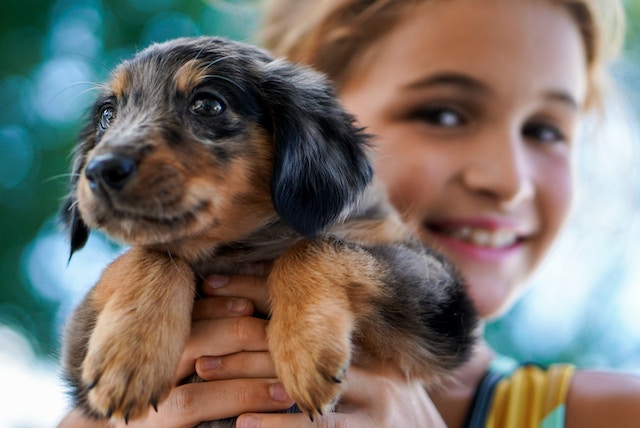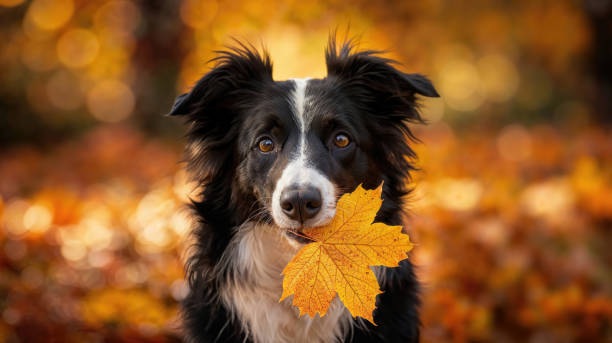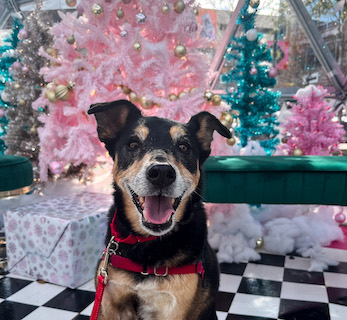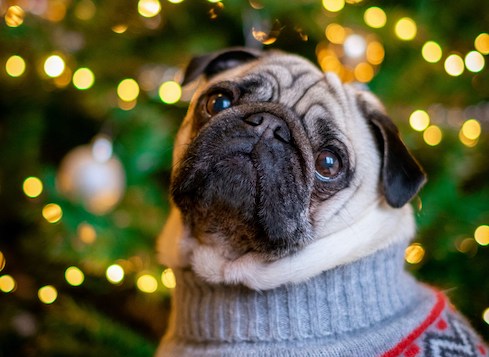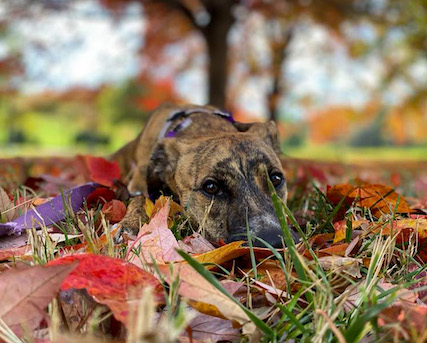Although adults should always be the main trainer for a puppy, that does not mean you should leave kids out altogether! It is very important to foster a bond with your children and a new puppy. We have listed a few different exercises to involve your children in puppy raising.
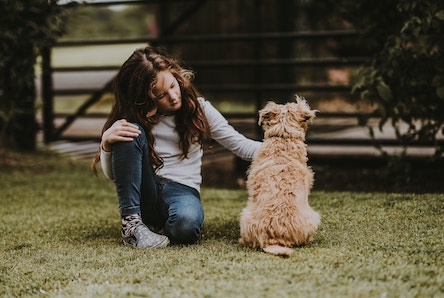
1.) Hand Feeding
A great way to teach your puppy to love their human sibling is to have the kids hand feed the puppy’s meals. It is a fantastic way to build a positive relationship with the puppy, without interfering with any formal training. Hand feeding can also help teach your puppy to take food gently from the hand, and develop confidence in children who may be a little timid with the puppy at first.
For kids who are nervous approaching the puppy, start with tethering the puppy to a piece of furniture and let your child walk up to them delivering kibble. To make it more challenging for your puppy, practice auto-sits, by having your child wait for the puppy to sit without them asking, then offer the kibble.
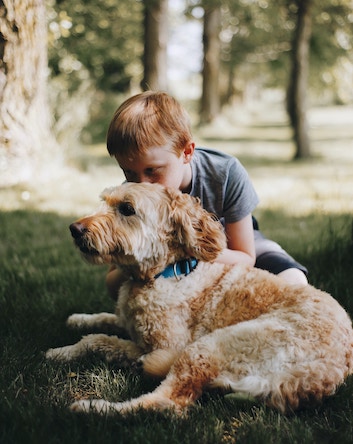
2.) Name Recognition
The first thing a puppy should learn is their name! Have your child say the name of the puppy and then immediately deliver the treat. Repeat 5 times in a row. Then when the puppy is looking away, try again to say the name. If the puppy turns when they hear their name, deliver the treat.
3.) Socializing
A big benefit of having a puppy and human children is that there are built-in socialization opportunities. You have probably heard many trainers say how important it is to socialize your puppy at a young age. With kids in the house, all you have to do is take your puppy with you on all the kid-related errands, whenever you pick them up from school, go to their soccer game, etc.
Have the puppy around when friends are coming over. It is a great way to have the puppy meet new people and become accustomed to new environments, like parks, schools, etc. Remember to always keep these interactions fun for your puppy, bringing lots of treats with you. If your puppy behaves fearfully in a situation, make sure that you focus on that in the future.

4.) Hide and Seek
This is a fun game to play in the backyard. Have your child go into the backyard and hide, while the puppy is inside. Then an adult can let the puppy go outside, and the child should make a kissy noise or call the puppy’s name. Wait for the puppy to find the child and then make a big celebration. This is an easy way to teach the basis of recall and to have your puppy keep the family in sight when they are outside. As the puppy gets older (about 12-16 weeks), you could also duplicate this at a park with the puppy on a long line.
5.) Body Handling
Puppies love cuddles and pets, often going to great lengths to get this loving attention. You also want to think about the other ways that puppies are handled – taken by the collar, examined on their paws, ears, and teeth, and held during vet visits for immunizations.
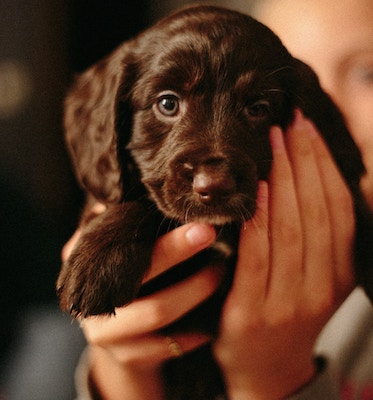
You can’t explain to a puppy why they are going to a vet or the groomer. However, you can get them very comfortable with being handled and restrained, so that when the time comes, it is not so scary. Kids can be helpful with this as well.
Start with having your child pick up the puppy’s paw, and give them a treat. Then they should hold the puppy’s paws, moving their toes, continuing to treat the puppy with the other hand. Repeat the process with other paws and body parts (ears, mouth, tail, belly, etc), treating the puppy along the way. If the puppy avoids the touch of anything, make sure the adults work on that separately until the puppy is more comfortable being handled.
6.) Obedience Training
When the puppy is a bit older, kids can certainly be a part of their obedience training. Keep in mind that your puppy will probably never listen to your child the way they listen to you. However, this can be a great way for your child to learn about dog training and its responsibility. It is best if your puppy has already been taught the obedience behavior by an adult and the child only practices it. Stand next to your child to help reinforce the command. Kids should always use treats to reward the puppy for offering the right behavior.
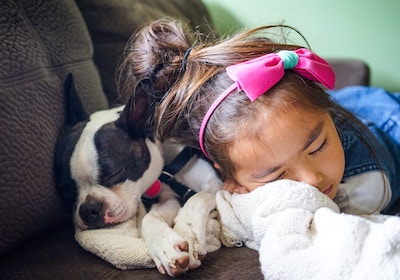
Always keep in mind the age of your child and puppy when running the above exercises. For young children and/or young puppies, hand feeding, name recognition, and socialization are the most appropriate exercises. A three-year-old will probably not be able to help with obedience training, but if your child is thirteen, that may be a great exercise for them.
If you are having any trouble integrating your new puppy into the family, please do not hesitate to reach out to us with questions. We have in-home puppy training programs that are completely customizable to you and your family’s needs. Schedule a free training consultation today to get started on your puppy training journey.
